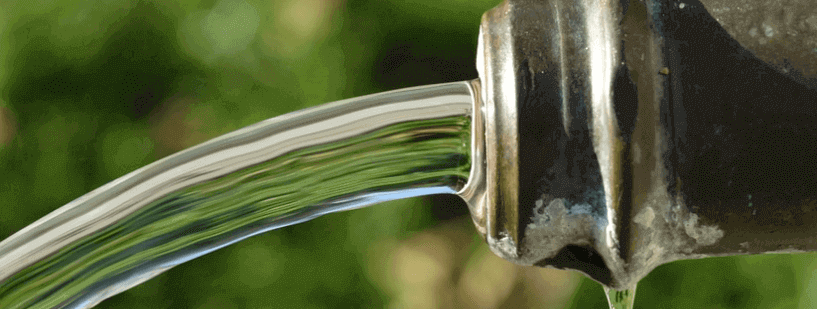Sodium is an essential mineral for our health. It is found in every food and drink. We can fulfill our daily needs of mineral from our regular food. If you have a water softener at your home, it will add some extra salt to your daily intake. Some people claim that salt from a softener makes the water salty though it releases a small amount of sodium in your water. This sodium changes the natural taste of water. Generally, a water softener only softens your water, it doesn’t remove any impurities. Reverse osmosis can remove sodium from softened water along with many impurities.
Can you filter softened water for drinking?
Yes, you can filter. Drinking softened water is safe for our health. Softened water contains much salt than natural water. It’s not a health hazard for us.
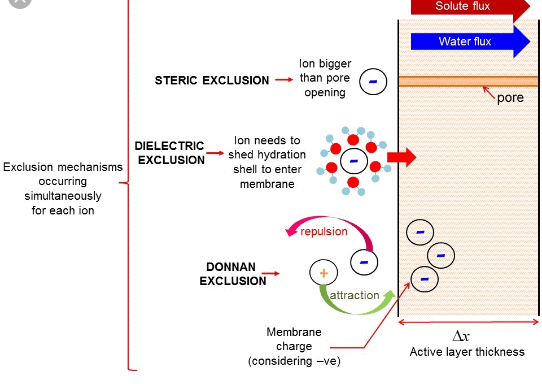
But, if you have a low sodium diet, it can affect your health. As a result, most doctors recommend not drinking softened water who has diabetes. Some of us don’t want to take excess salt in drinking water. In this situation, you can install a reverse osmosis system to filter your water.
Sodium levels in softened water
The exact level of sodium in softened water can vary. Actually, it depends on the hardness level of your home water. The more hardness will add more sodium in your drinking water. In detail, hard water minerals like calcium and magnesium ions attach with resin beads. Then resin beads are flashed with a brine solution that we add to the brine tank. During the regeneration period, excess brine solution and hardness ions are flushed out from the system.
The total process adds some sodium (sodium chloride is commonly used salt) in softened water. You may know that sodium is added to the concentration, not salt. Normally, 46 mg/l sodium is added to when 100 mg/l calcium carbonate removed.
Water Softener Health Issues
There has been too much publicity over the years that drinking softened water is harmful to our health for excess sodium in it. But recent studies showed that the amount of sodium in softened water is very low compared to our daily salt intake. Normally it doesn’t affect our health. But when hardness level of your home water is high then your water softener will release more sodium in your water. If you consume excess sodium regularly, it will create problems for you and your family. When our kidneys can’t excrete too much sodium, they store it in our blood. As a result, blood volume increases and it is harder for the heart to pump extra blood. This causes high blood pressure.
Recommended sodium intake for men
According to the American Heart Association, the ideal sodium intake for an adult man is 1500 mg per day. One should not take more than 2300 mg in a day. But most Americans take much sodium than the ideal range.
In the USA, more than seventy percent of daily sodium intake comes from prepared, packaged and restaurant food. The average sodium intake by Americans is 3400 mg per day which is much more than the limit of the American Heart Association.
Alternative solutions to remove sodium from softened water
If you want sodium free drinking water at your home, you can use a water conditioner. But the water conditioner will not remove any hard water minerals from your water. Water conditioner reduces only the negative effects of hard water minerals.
On the other hand, if you want the actual removal of water hardness, then you must need a water softener. For this, you can use a potassium chloride-based water softener or a reverse osmosis system with a water softener. Let’s take a look…
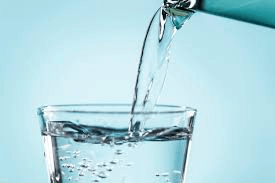
Potassium chloride water softener to avoid sodium consumption
There is no huge difference between sodium chloride and potassium chloride water softener. Both water softeners use the ion-exchange method and remove calcium and magnesium minerals from hard water. The main difference is that, if you use sodium chloride-based water softener, your water will contain sodium. On the other hand, your water will contain potassium if you use potassium chloride salt. Now we can compare the advantages and disadvantages of potassium chloride water softener.
Advantages and disadvantages of potassium chloride water softener
By using potassium chloride-based water softener you can avoid the sodium in your water. Choosing different mineral is important to many consumers especially who have a low sodium diet.
You may know that, both water softeners (sodium-based and potassium-based) discharge chlorides and it’s harmful to our environment. It has another disadvantage too. You have to pay much for a potassium water softener. Approximately, potassium chloride is five times much costly than sodium chloride.
Read more about good housekeeping water softener
Installing a Reverse Osmosis System in Basement
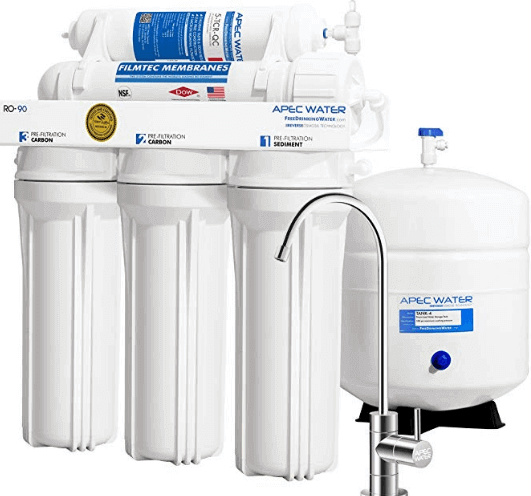
Water softener is a must needed device to remove hard water minerals. Reverse osmosis system has a small filter but it can’t remove calcium or magnesium from hard water. You should install a reverse osmosis system along with a water softener to get both softened and sodium-free water. A water softener and RO system is a great combination because water softener will soften your water and reverse osmosis will remove the sodium minerals and other small sediments from the softened water.
In the past, reverse osmosis system was used to demineralize seawater but nowadays this system is using in millions of homes to enjoy high-quality drinking water. A reverse osmosis system not only removes sodium from water but also many impurities like hydrocarbon, sulfates, cadmium, pesticides and many more. When you will install a reverse osmosis system, be sure you are giving clean and purer drinking water for your family.
Differences between water softener and Reverse osmosis system
Most of the water softeners use the ion exchange process to remove minerals that cause your water to be hard. Water softeners exchange calcium and magnesium ions with sodium or potassium (if potassium chloride salt use) ions and make your water soft.
On the other hand, reverse osmosis systems use a semi-permeable membrane to filter impurities from water. Reverse osmosis can improve the quality of your water. But when you need to remove water hardness, an RO system is less effective than a water softener system.
Installing both systems together to soften and remove sodium
Most of the water softeners are designed to remove hard water minerals from water. They can easily remove calcium and magnesium from water and save our precious appliances and plumbing system from the negative effects of it.
By using a water softener, you will get a clean and spotless bathroom, appliances, and laundry. Water softeners will solve a lot of problems caused by hard water. But they are not effective to purify water. You must remember that most water softeners use the ion-exchange method. They remove hard water minerals but release sodium molecules in softened water. That means there is still a high level of dissolved solids (especially sodium). These solids will impact the taste of your water.
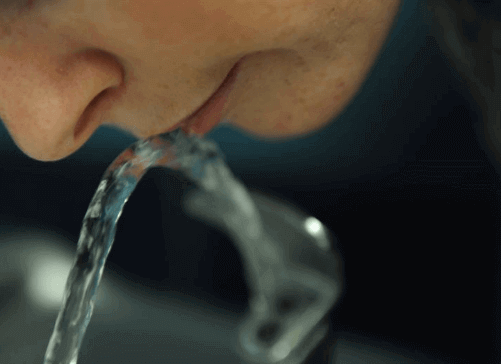
By using both water softener and a reverse osmosis system, you can enjoy the benefits of both softened and purified water. In addition, a water softener will protect the membrane of a reverse osmosis system. As a result, the RO system will last longer.
Read our article effects of hard water on skin and hair
Disadvantages of installing a reverse osmosis system
There is no disadvantage of installing a reverse osmosis system. Some peoples think that reverse osmosis removes many essential nutrients from water. But the reality is that you can get most of the minerals or nutrients from your daily food. Many studies showed that we can fulfill our daily needs of minerals from regular food. So, it’s not important to drink mineralized water.
Remove sodium from softened water: final verdict
You have three options to avoid sodium in drinking water. First is using a potassium chloride water softener, second is using a salt-free water conditioner, and third is installing a reverse osmosis system. But if your home water contains a high range of hard minerals, you should install both a water softener and reverse osmosis system. Thanks for reading this article. Please share this article with your friends.
How to work RO system

Hi, this is Sirazul Islam, working in a government research organization. I’ve been an instrument specialist for over 5 years. I love to write reviews and tell people about the best products that are out there.
I use my expertise and impartial eye to find the best water softener, kitchenware, cookware, and more. Learn more at this link:

